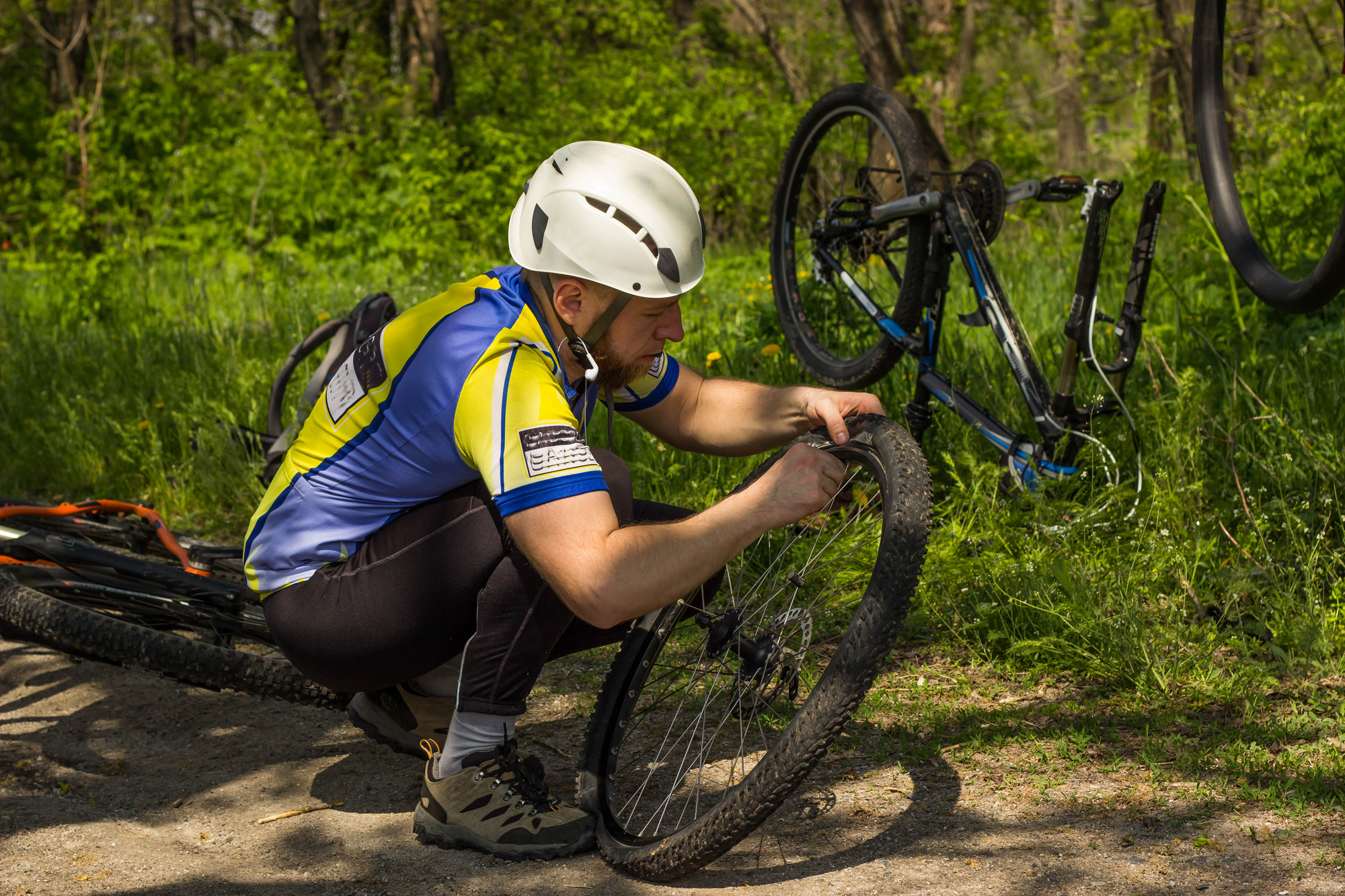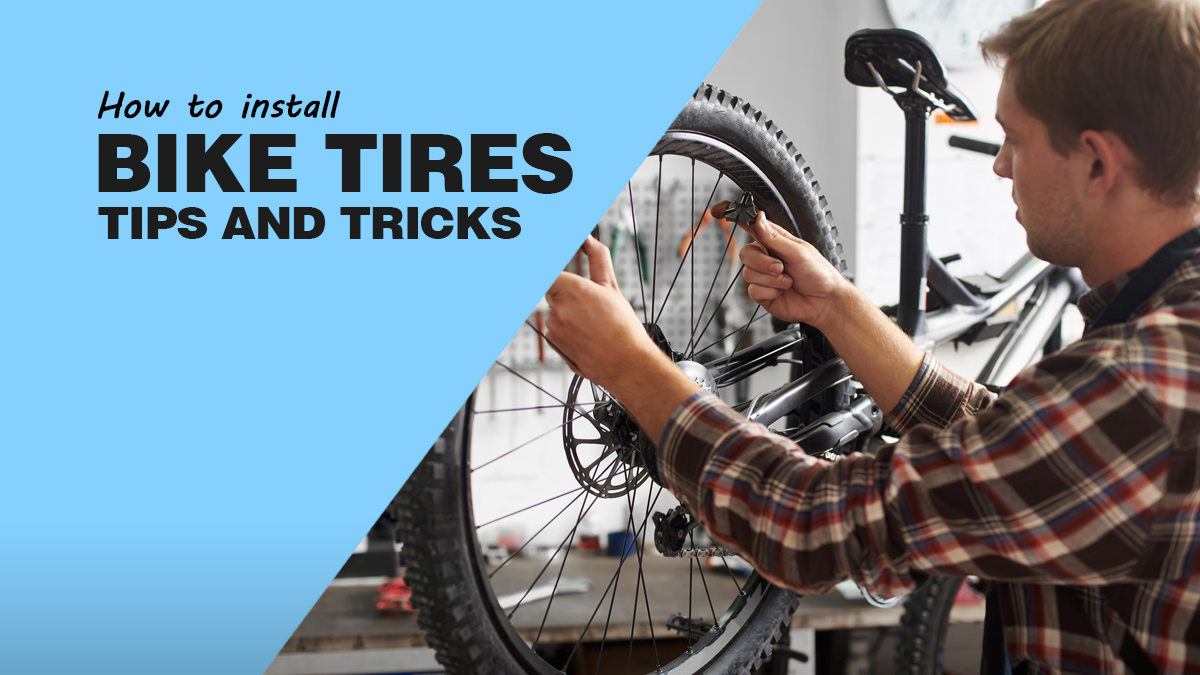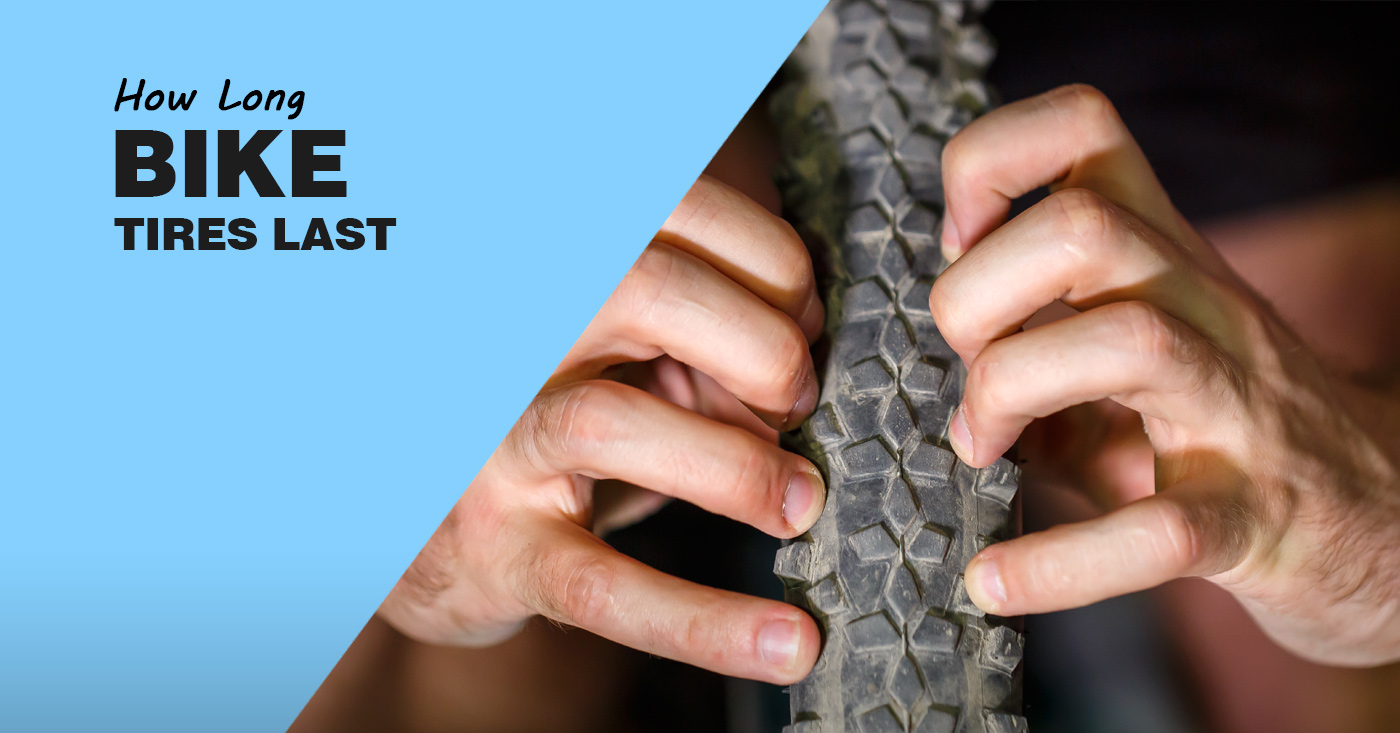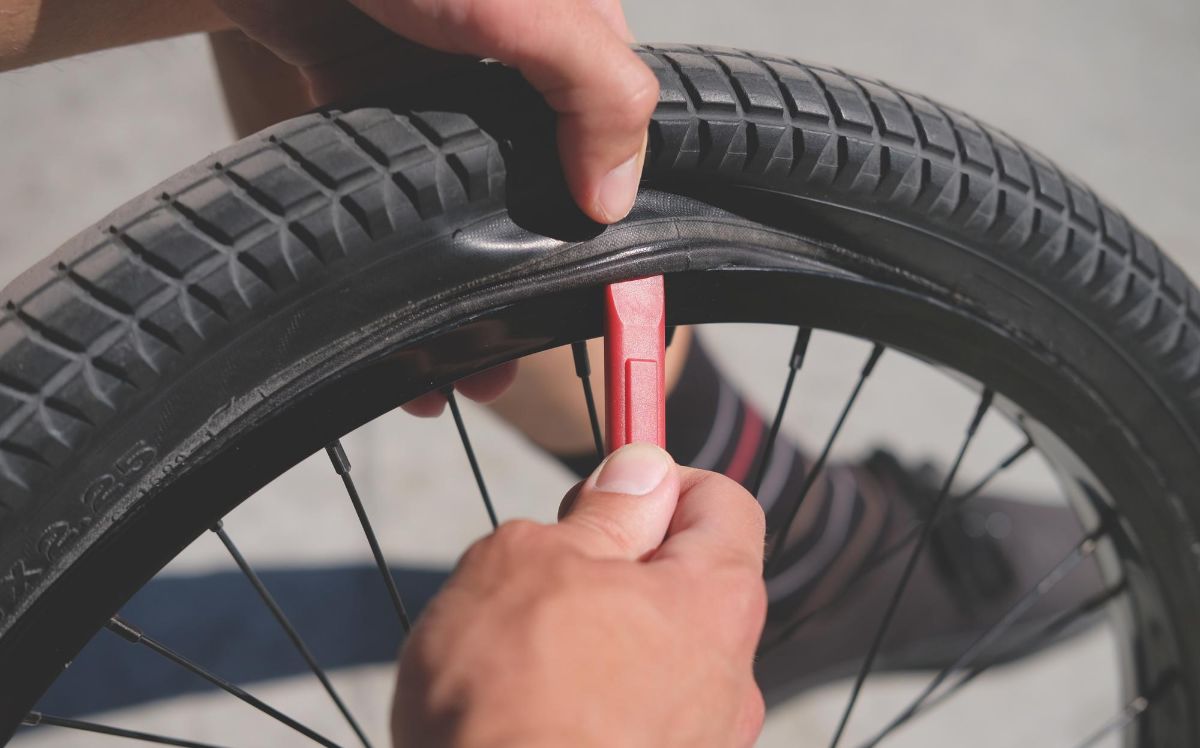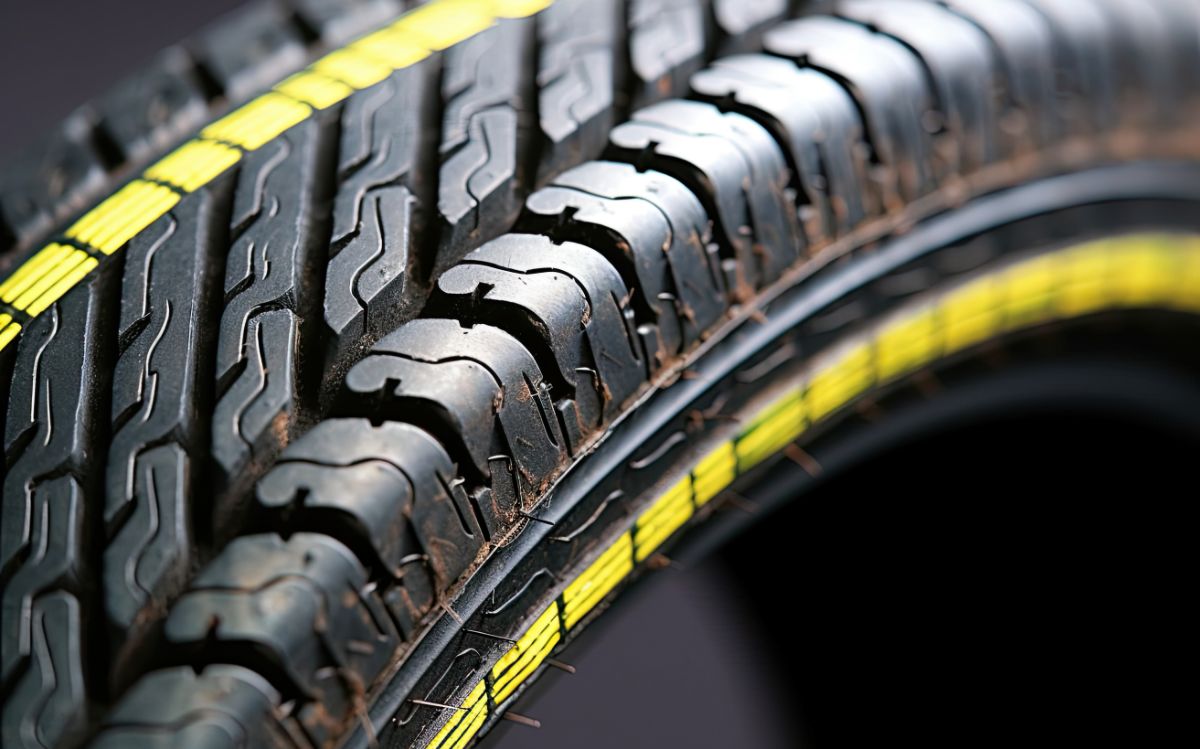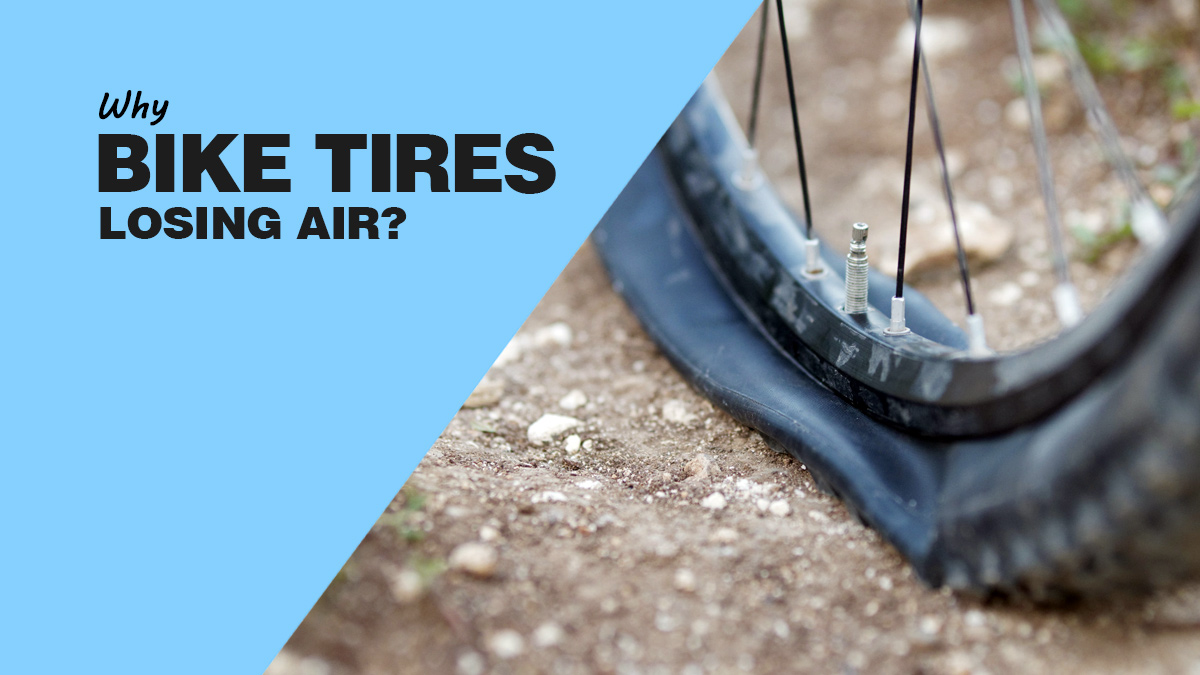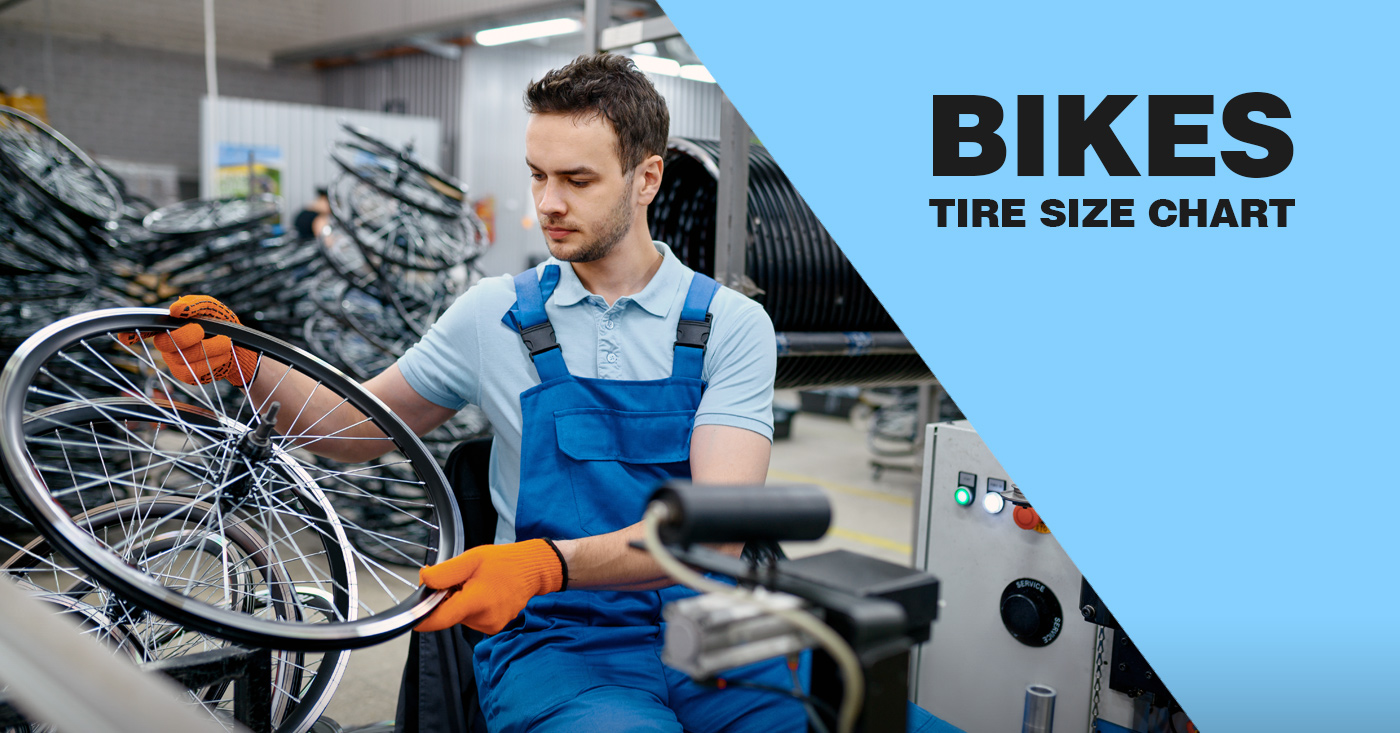Several cyclists have found themselves in dangerous situations where their tires suddenly explode. Such situations are usually caused by using inappropriate tires for specific bike needs.
This guide details all the necessary information a new cyclist needs to know about different bike tires: Clinchers vs. tubular, tubeless vs. clinchers, and tubular vs. tubeless. Regardless of your need for mountain bike tires or road bike tires, these are the differences that you must know before making a decision.
Types Of Bike Tires
There are three main types of a bicycle tire:
- Clinchers
- Tubular
- Tubeless.
Each of these tires has its own peculiar characteristic features. Highlighted below are some of the comparative qualities of clinchers vs. tubular, tubeless vs. clinchers, and tubular vs. tubeless.
Clinchers
Almost ninety percent (90%) of cyclists use clinchers (tubes or inner tubes) because of their great usefulness.
Advantages Of Clinchers
Here are some of the advantages of clinchers that you must consider
1. Easy Maintenance
Clinchers are the easiest to install and maintain. If you have the necessary tools at home, you don’t need to pay a visit to your local bike shop. But if you do, your bike’s tire can be fixed within a very short time.
2. Affordable
They are affordable. Clinchers are very cheap. The Mavic Cxr Ultimate wheel costs only $46. Even known brands such as Shimano, Campagnolo, Fulcrum Racing, and so on are all affordable.
3. Availability
Availability of various kinds of clinches: Being the most popular type of bike tire, there are more manufacturers of clinches than any other type of bike tire.
Hence, this proffers a unique opportunity for bikers to have access to a wide variety of clinchers. You can obtain some high-performance options if you want to rival the capabilities of tubeless and tubular tires.
4. Consistency And Reliability
Clinchers are very reliable and can be used consistently without experiencing any kind of headache if used properly and well taken care of.
Disadvantages Of Clinchers
However, the major concerns about clinchers are that they can become pinch flat or punctured. You can’t enjoy nice ride quality if your bike’s tire pressure is low. And the type of tube you chose can influence your ride quality and tire installation procedures.
Tubular Tires
Tubular tires are structurally similar to clinchers in the sense that they also have inner tubes. However, they are stitched into a completely enclosed casing that would be glued to the rims.
You must pay serious attention to the gluing of the inner tubes to the rims, or else it may be too dangerous to ride with such tires.
Advantages Of Tubular Tires
Outlined below are some merits of using tubular tires:
1. They Are Lightweight
Tubular tires are the lightest type of wheel-and-tire integrated equipment. This is why they are set apart for fast races such as cyclocross races.
2. They Deliver An Outstanding Performance
They can perform well even with very low tire pressures. Even when flat, the ride quality is maintained throughout the journey or race.
3. You Have Puncture Protection
Tubular tires rarely experience pinch flats or puncturing. The low tire pressures in them make it possible to run over sharp objects and not get punctured.
4. You Enjoy A Better Ride Quality
They have better ride quality. In addition to this, tubular tires are considered safer when they become flat. They also have better grip and more supple casings that improve the overall ride quality.
Disadvantages Of Tubular Tires
The major problems with tubular tires are that installing them is time-consuming, and when they eventually become flat or punctured, it is usually laborious to replace or repair them.
Tubeless Tires
Tubeless tires do not have an inner tube but depend mainly on the tires and rims producing an airtight chamber that will be strong enough, when pumped, to sustain the weight on the bike.
Advantages Of Tubeless Tires
Here are some other good characteristic features of tubular tires:
1. Durability
Speaking from experience, Tubeless tires can run on very low tire pressure. Their tire casings are harder than the other types of tires; hence, they are less susceptible to pinch flat. They don’t even have tubes that could be punctured.
2. They Are Comfortable
Tubeless tires have great ride quality and comfort. This can be attributed to its ability to function at very low tire pressure.
3. Self-Repair Capability
They have the capability to self-repair. This indicates that when a tubeless tire is eventually punctured, it can self-repair the little holes created by the pinch.
4. Low Rolling Resistance
Tubular tires have very low rolling resistance and weight. You can ride your tubeless bike against the wind and still maintain a good speed. This is why they are used mostly for races.
Disadvantages Of Tubeless Tires
However, you need to worry about these issues if you are going to use tubeless tires. They are very expensive and costlier than tubed tires. They could be messy when repairing them. They lack consistent fitting and maybe sometimes unreliable.
If your tubeless tires do not have either industry-standard UST or Road Tubeless labels, you may end up having tires that poorly fit your bike’s rims.
You may need to use an air compressor when you are installing them. You would need some liquid sealant to maintain the supple casings’ grit and improve traction.
Uses Of Clinchers vs Tubular vs Tubeless Tires
Each of the tire types is used for a specific purpose because of their unique qualities. It is possible to use more than one tire type for the same purpose, but there will always be the best tire type for that activity.
Here are some examples of surfaces where your bike tires can run comfortably depending on their characteristic features:
1. Clinchers For Road Bikes
Most of the bike tires you see on the road are obviously clinchers. They have become the standard for road biking because of several reasons which include but are not limited to their affordability, easiness of installation and maintenance, consistency and reliability in use, and availability in various forms.
Next to the clinchers, for road biking, are the tubular tires. For the fact that they rarely become pinch flat or punctured, they may provide cyclists some great comfort while running on hard, rough surfaces.
Even though very few bikers may want to use tubeless tires for road biking, you can still find some bikers using them.
2. Tubular Tires For Racing Bikes
The best racing tires are those that are very light and can sail through the wind and other physical elements with little or no resistance. They also have great aerodynamic properties that improve ride quality.
In my opinion, tubular tires are the best choice for speed and racing. They are the lightest kind of wheel-and-tire integrated biking equipment. Most tubular tires can perform significantly with very low tire pressures.
And because they rarely experience pinch flat or puncturing, racing cyclists can concentrate on the races without worrying whether they may be thrown off-balance by a sudden puncture.
Tubular tires are practically considered to be safer when they become flat. They possess a good gripping capability and have more supple casings that make race biking quite comfortable.
This is not to say that some bikers may prefer using either clinchers or tubeless for their races, but tubular tires are the best, judging from their comparative advantages.
3. Tubeless Tires For Mountain Bikes
Mountain biking is an exciting experience that gets more thrilling if you are doing it with the right set of tires. Your chosen tires must be flats because of the nature of the trails which are mostly rocky and root filled. If you are thinking of using bigger tires, you may escape experiencing sudden flatting, but that may not give you the total ride quality you so desired
For practical purposes, the best option for mountain biking is the tubeless tires. Tubeless tires possess the capability of running on very low tire pressure. And their hard tire casings make them less susceptible to pinch flat or puncture.
While climbing mountains, using tubeless tires with lower tire pressure will enhance your ride quality and comfort. I can assure you that this switch will definitely add a thrill to your asent. Their ability to self-repair gives them an edge over other types of bike tires. Tubeless tires have very low rolling resistance and weight.
You can ride your tubeless bike against the wind and still maintain a wonderful speed. With their sealant property, tubeless tires outmatch clinchers for mountain biking.
4. Tubular Tires For Cyclocross
For practical reasons, the best tires to ride for cyclocross are tubular. Most tubular tires can perform greatly with very low tire pressures.
And because they rarely experience pinch flat or puncturing, cyclocross cyclists can concentrate on the events without bothering themselves about experiencing a sudden puncture.
And tubular tires are practically considered to be safer when they become flat. They have a great grip on the surface and have more supple casings that make race biking quite comfortable.
Tips To Select The Right Bike Tire
You may be somehow confused about which bike tires to choose, knowing that there are different types of them exhibiting different capabilities. Here are five (5) tips that can assist you in your selection process:
1. Define Your Riding Purpose
What do you want to use your bike for? For mountain climbing or road biking or cyclocross? You should be able to have a very clear picture of your biking purpose (s) in mind.
With that, you would be able to know which bike tire type will help you achieve that purpose. If you want to race, you know that your best bet should be tubular tires. And if mountain climbing is your thing, go for the tubeless tires.
2. Set A Price Point
How much can you afford? Pricing is as important as knowing which purpose you want to accomplish. While it is possible for some bikers to spend as much as $2000 to purchase a bike tire, others may not be able to afford more than $50 or $200.
So, keep your tire choice according to the power of your wallet/purse. It is uncomfortable to go into debt simply because of buying a bike’s tires. You would not derive any pleasure from riding your bike; all the thoughts in your mind will be about finding money to pay off the debts.
3. Decide On The Technical Features
Even though every tire type can be used for all biking purposes, you should select the most appropriate tire type for your bike riding.
There are two important reasons why you should do this: First, using the most appropriate type of tires will increase your ride quality and comfort. Second, using the wrong set of tires may cause you some financial woes. Consider the tire width, tire diameter, and tread patterns keeping in mind the kind of terrain you will be riding on. Wider tires provide better traction but they will not be suitable for all riding terrains.
You will end up replacing the tires every now and then as they become punctured or flat. Sometimes, the wheels of your bike may be more compatible with certain types of tires than others. So, pay serious attention to the technical properties of your chosen bike’s tires.
4. Consider How Much You Can Spend On Maintenance
No one likes to spend their hard-earned money on the wrong set of tires that are too costly to maintain or repair. Choose the right tires that would continue to function for a long period of time. As a result of this, you won’t be required to constantly visit a bike shop to repair the tires.
Because of their self-repair ability, tubeless tires are the best choice for trail or mountain biking. No matter the number of holes accidentally drilled into them, they continue to repair those holes in motion. This gives bikers the rest of their minds to enjoy their biking experience without having to stop and fix their tires.
5. Try To Get Warranty Protected Tires
Make sure you know exactly what warranties are on the tires you are purchasing. No industrial products can be trusted one hundred percent, even though you just bought them new.
Obtaining at least a one-year warranty will help you concentrate on enjoying your biking experience. In case of any unexpected problem concerning the tires, you can quickly use your warranty to obtain another set of new tires or you may have the tires repaired at no extra cost to you.
Most manufacturers of bike tires often add warranties to their products, but you must ask your local bike dealers for them. Sometimes, it is secretly hidden inside the contract. If you don’t understand the content of your bike contract, seek the help of a friend who is knowledgeable about bikes.
FAQs
How Much Does It Cost To Replace A Bike Tire?
Baes on your bike needs, replacing a bike tire will cost you anything between $15 to $150. Replacing your bicycle tire will ensure that you can keep your overall cycling performance at optimal levels.
How Do I Know What Bike Tire To Buy?
Check your current tires for the size you want. It’s the wheel’s thickness. Most of them can be found between 24in and 25in. 17.75in. 29 cm. The other number refers to the tire width. It can be expressed as inches on bike tires or millimeters on road tires.
How Often Do Bike Tires Last?
A bicycle tire can typically last 3,000 – 4,000 miles, depending on its type. However, some signs of replacement have much more value than the number of miles you drive, like no spare tire or tread, rubber cracks, sidewalls, and low performance.
Conclusion
Choosing the best-performing tires based on your riding preferences can improve your cycling experience. After vigorous testing and research, I have come to the conclusion that for me, tubeless tires are the best option. They offer consistent performance on different kinds of terrains, Moreover, their ability to run even on low-tire pressures minimizes the risk of a flat!
However, it’s important to make a decision based on your own riding style and preferences. Which type of bike tire is your go-to? Let me know in the comments. Happy Ridding!
Also Read
- How Long Do Bike Tires Last
- Why Do Bike Tires Keep Losing Air? Everything You Need To Know About Pressure Loss
- How to Select the Best Mountain Bike Tires and Rims
- How To Install New Bike Tires? Tips and Tricks
Should you have any questions or require further clarification on the topic, please feel free to connect with our expert author Jerry O by leaving a comment below. We value your engagement and are here to assist you.


